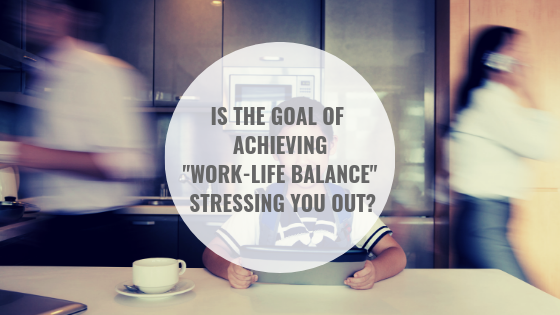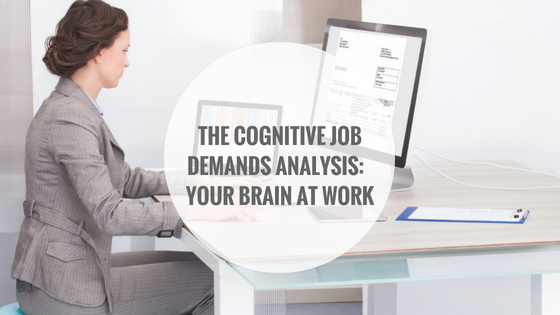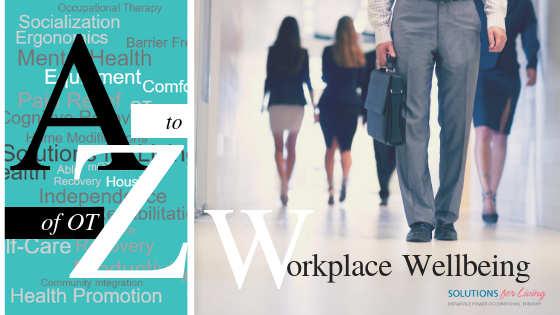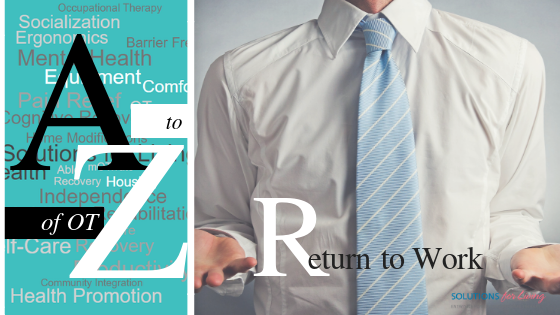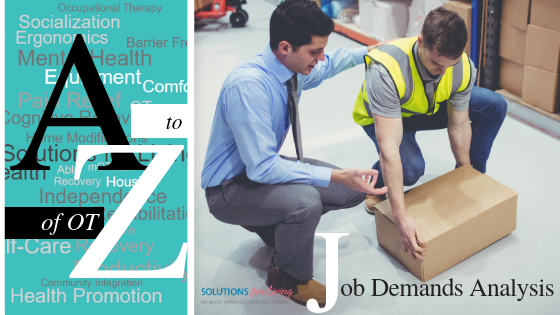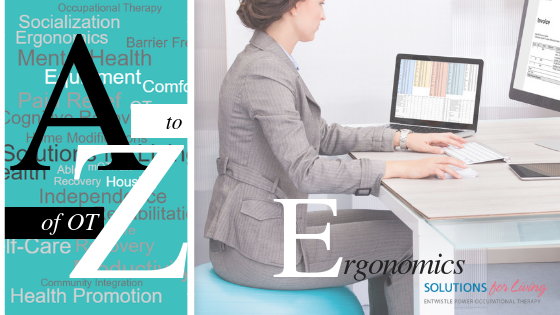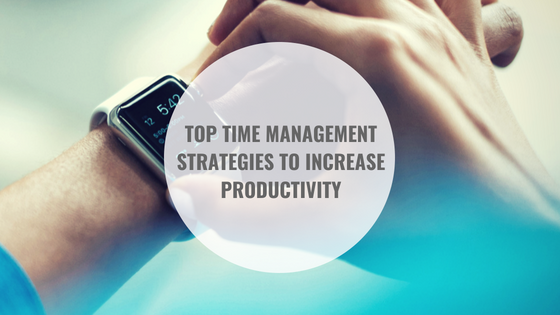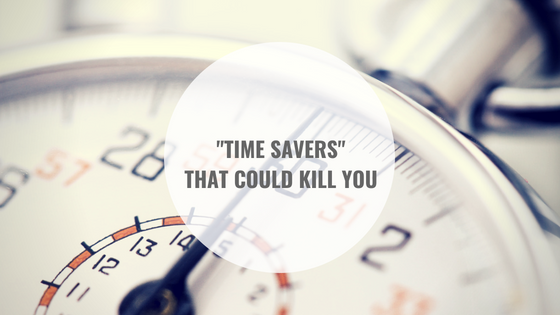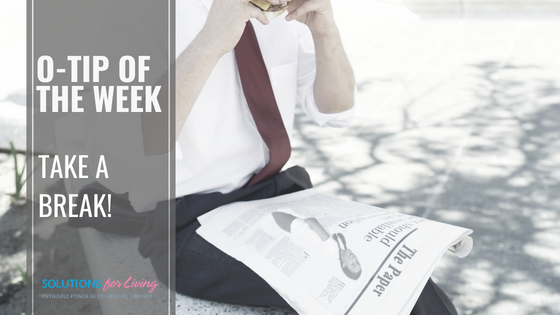Julie Entwistle, MBA, BHSc (OT), BSc (Health / Gerontology)
I have been asked a few times to write a blog on time management. While I don’t profess to be an expert in this, people often do ask me how I “fit it all in” and my answer is always “I have learned how to effectively manage my time”. What still surprises me though is those people that have not yet shifted their focus to “managing time”, but instead try to “save time” or wish there was just more of it. For me, that thinking is disillusioned. We can’t find or get more time – time is constant. What we need to focus on then is using the time we have optimally and in line with our priorities. This takes insight and self-discipline to accomplish, and in a future blog I will speak to some of my personal strategies here.
But before I do that, I wanted to start with the list of “time savers” that I don’t endorse. Ones that I feel are, in the extreme, life-threatening and yet have become staples, patterns and habits by many, bragged about by some, and only work to help people shove more stuff into their already hectic schedule without forcing them to realize the real problem is prioritizing. So, here is the list of the time savers that I feel could kill:
Sleep Less. I will admit that I have previously considered cutting a few hours of my zzz so I could steal a few more hours of “productive” time. This is not an uncommon thought. Many people speak openly, or even brag, about how they “worked until 5am” or “only got a few hours of sleep last night cramming to meet a deadline”. Entrepreneurs are the worst. Our minds don’t tend to shut off and you will often find us emailing in the late hours or very early mornings. However, evidence continues to mount that “adequate sleep” is one of the key predictors of health and happiness, and the age-old 7-8 hours per night still applies as a recommended dosage. Even napping is now being encouraged as a way to shut off the mind and to cognitively and physically reboot mid-day (I keep my naps to 20 minutes to not interrupt my sleep cycle). What research is showing is that inadequate sleep actually worsens brain capacity, making people less productive. So, the time you gain from sleeping less you then lose (and then some) in productivity. I would rather sleep thanks! Thus, stop thinking that sleeping is a hindrance to your ability to get things done. Reducing your zzz will only be a detriment to your health in the long run.
Texting or Emailing when Driving. Illegal or not, this is still happening and now texting and driving is the leading cause of motor vehicle accidents and deaths. STOP IT (yes, I am yelling at you guilty folks). Newsflash: the only thing you should be doing when driving is, well, driving. If we are talking about time management here, then think about the time you could lose from making this mistake. Lost work time while you are recovering from an accident. Loss of career if you can never return to work due to a disability. Lost productive time when you are dragged into a lawsuit when you cause a collision and are sued as a result (worse if you are driving a company car and take your employer down with you). Lost ability to emotionally manage when you know you caused another person’s (maybe someone in your own car) injury or death. The list goes on. And remember too that if you are emailing or texting when driving – what is the nature of the message anyway? Short and curt, fraught with spelling errors, auto-correct problems, or even those catastrophic email errors that are caused from forwarding the wrong message to the wrong person or “replying to all” when you meant to reply. There are both health and reputational risks from texting or emailing when driving and thus the time it might “save” you could cost you everything. The solution? If you have to multi-task driving with communication, use the phone with a hands-free device. Then at least your eyes are still on the road.
Fast Food. I need to preface my comments here with the reality that I was raised in a fast food family. This was our business and I worked in our restaurant chain from when I was 13 to 19. So, believe me, I get the appeal of fatty and good tasting food that is provided quickly. But this too is killing us. Obesity, diabetes, heart disease, and many other chronic illnesses are caused by poor dietary habits. Yet, people continue to think that using the drive-through will save them time. My experience with “fast food” is that it is rarely fast (just time your drive-through and walk-in experiences) and some of what is served is not even really food. Processed, frozen, overcooked, stale, loaded with additives and preservatives. Yummy. Also consider that when eating “out” people tend to overeat and consume significantly more calories than if they ate at home or prepared a snack before they left. Several years ago I used to love to grab a Tim Horton’s before my first client of the day. After all, I would be in the car for 30-60 minutes and drinking my tea was an enjoyable beginning to my morning. Then I became cognizant of the time I was spending in line. 5-10 minutes per morning was 25-50 minutes per week of just “waiting”. Not to mention the accumulating cost of some hot water in a paper cup with a tea bag. So, I decided to go “Tim’s Free”. It was liberating. I could (and still do) drive by Tim Horton’s and smile at the drive-through line while I drink my home-made tea that takes me 1 minute to make and costs a nickel. While I still understand that “fast food” is a treat, and can be used as such, I will argue that too many people who proclaim to be “so busy” actually waste time waiting for crappy food. The solution? Have some ready-made meals or snacks in the fridge and grab these on your way out the door. Put them in a cooler bag, or store them in your work fridge. Forgoing the fast-food habit will save you time, calories, and ultimately your health.
“No Time” to Exercise. This one drives me batty. So many people claim to “not have the time” to exercise despite the ample evidence proving that exercise is a #1 predictor of health. This “no time” excuse needs to stop. We all have the same amount of time in a day, so the reality is that people don’t MAKE the time, or this is just not a priority. That is not a judgment. If exercise is not a priority then people can just admit this and stop using “time” as the shield. Personally, I believe that the time spent exercising pays itself forward in productivity. Reduced stress, more energy, increased mood, better time management, improved ability to prioritize, and of course all this on top of the fact that this could lengthen life. Avoiding exercise to “save time” is a fallacy. I don’t buy it. Personally, I think I qualify as “busy” but still exercise 1-2 hours daily. So people need to be honest with themselves, their priorities and recognize that avoiding exercise to “save time” could have the opposite effect.
In the end, consider your “time savers” and project these over the next 10 years. What will that look like for you? Don’t wait to suffer the consequences of sleep deprivation, a car accident, a health issue from poor eating habits, or physical decline from a neglected body to realize that being productive at the cost of your health is not productive at all.
Originally posted July 2014

